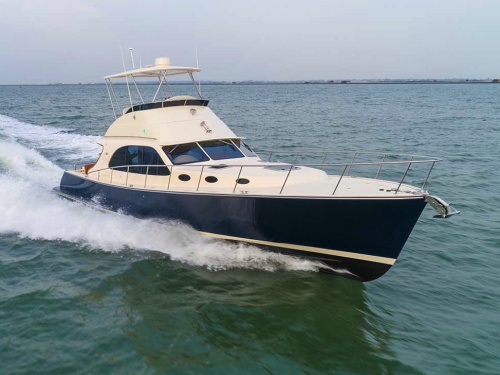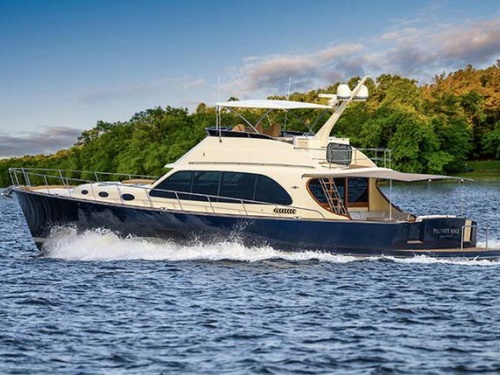Access More Boat Tests
Already have an account? Login
By submitting this form, you acknowledge that you have read and agree with the Privacy Policy & Terms of Use of BoatTEST.com.
Palm Beach 55 (2019-)
2 x 725-hp Volvo Penta IPS950
Price
See the price by becoming
a BoatTEST member.
Members Must Log In
Brief Summary
The Palm Beach 55 has classic Downeast lines, and because she is built by Grand Banks she uses solid Burmese teak lavishly. The option of IPS pod drives or straight shaft propellers provide owners a choice of power. And there is a choice of three different layouts below, galley up or down, and the salon can be designed to suit. She is a premium express cruiser with systems as modern as today, combined with old world craftsmanship in a salty yacht that exudes class. Her list of standard equipment is remarkable and makes her a turnkey yacht outfitted pretty much as seen in our videos.

